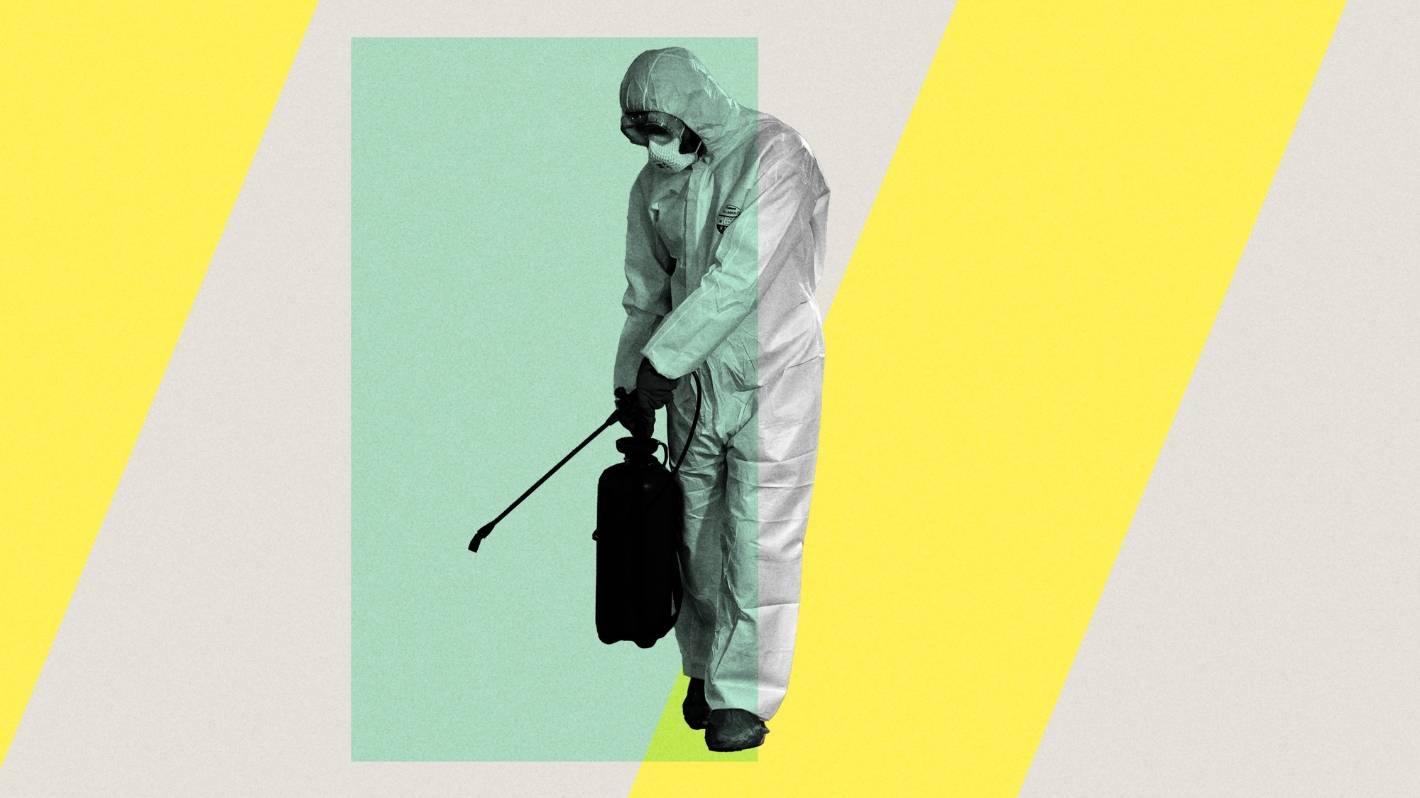Hospital visitors who refuse to wear masks or walk around wards visiting different patients are creating difficulties for Northland hospitals trying to manage Covid-19 infections.
Dargaville Hospital’s general ward reopened to visitors on Tuesday, a week after rising infection numbers put a halt to visitors.
Whangārei Hospital’s ward 1, an orthopaedic ward, has not had any visitors since July 14 because of a spike in Covid-19 infections.
It will reopen to visitors on Wednesday, as long as there are no further Covid-19 cases.
READ MORE:
* Covid-19: Hospitals extend visitor restrictions as ED doctor calls for mask vigilance
* People not wearing masks are like drunk drivers risking lives, expert says
* Covid-19: 150 doctors call on Govt to strengthen health measures, keep masks in schools
Patients and visitors have been thanked for their patience and understanding by Te Whatu Ora Health New Zealand – Te Tai Tokerau, formerly Northland District Health Board.
The organisation is urging people to stick to the visitor policy, where up to two nominated people can visit a patient each day, at separate times of the day, between the visiting hours of 11am-8pm.
Sungmi Kim/Stuff
Whangārei and Dargaville Hospitals, along with hospitals in Canterbury and Southland, are trying to keep Covid-19 infections of patients at bay. (File photo)
All visitors must wear masks, echoing a move in other districts like Canterbury where masks are compulsory for visitors.
A Stuff survey recently found about half of adults were not wearing a mask in indoor spaces where they were supposed to.
Whangārei ED’s Dr Gary Payinda agreed with the need for people to wear masks, as well as get up-to-date with Covid-19 booster shots.
But he said good ventilation was another important measure to stop the virus and he questioned why Northland hospitals did not have CO2 monitors to monitor ventilation.
Danica MacLean/Stuff
The only way to have good airflow at Whangārei Hospital is to have a new hospital, pathology services clinical director David Hammer says. (File photo)
While the Covid-19 virus is invisible, CO2 monitors give an indicator of air freshness, by measuring the level of carbon dioxide (CO2), which is exhaled as people breathe out.
The only CO2 monitoring is done in Whangārei’s Tohora House – which includes offices, and child, youth, maternal and oral health – because it has mechanical ventilation, district facilities manager Brett Rodgers said.
“All of our other buildings were designed around natural ventilation – windows – and they far exceed the fresh air requirements in the building code.”
Pathology services clinical director David Hammer said CO2 monitors would be pointless, in part due to unmasked visitors producing up to 1000 infectious droplets per minute during loud speech.
“CO2 monitors are ineffective given the number of visitors, many of whom refuse to wear a mask during their visit … This is exacerbated by some patients walking around wards talking to many other patients.”
CO2 monitors would also be pointless because the hospitals were unable to manage airflow, Hammer said.
Extensive airflow management systems were installed in Covid zones in the hospitals, but the size of the epidemic meant patients with mild Covid symptoms could not be kept in this zone.
As of Tuesday, there were 19 cases of Covid-19 in Northland hospitals and 1477 active cases in the community.
“To permanently rectify airflow, we require a new hospital,” Hammer said.
“Sporadic ward outbreaks are unavoidable without very, very strict visitor policies, such as shutting our hospitals to all visitors for an extended period.”
The Government has committed to a redevelopment of Whangārei Hospital, but it is not expected to be complete until 2031.
Clinical nurse specialist infection prevention and control, Ellen “Mo” White, also said limiting all but essential visitors was the only way for hospitals to minimise cross transmission of the virus.
“If staff are diligent with their N95 mask wearing and hand hygiene, they are not going to be a risk to the patients. The patients are being cared for to the best of everyone’s ability,” she said.




